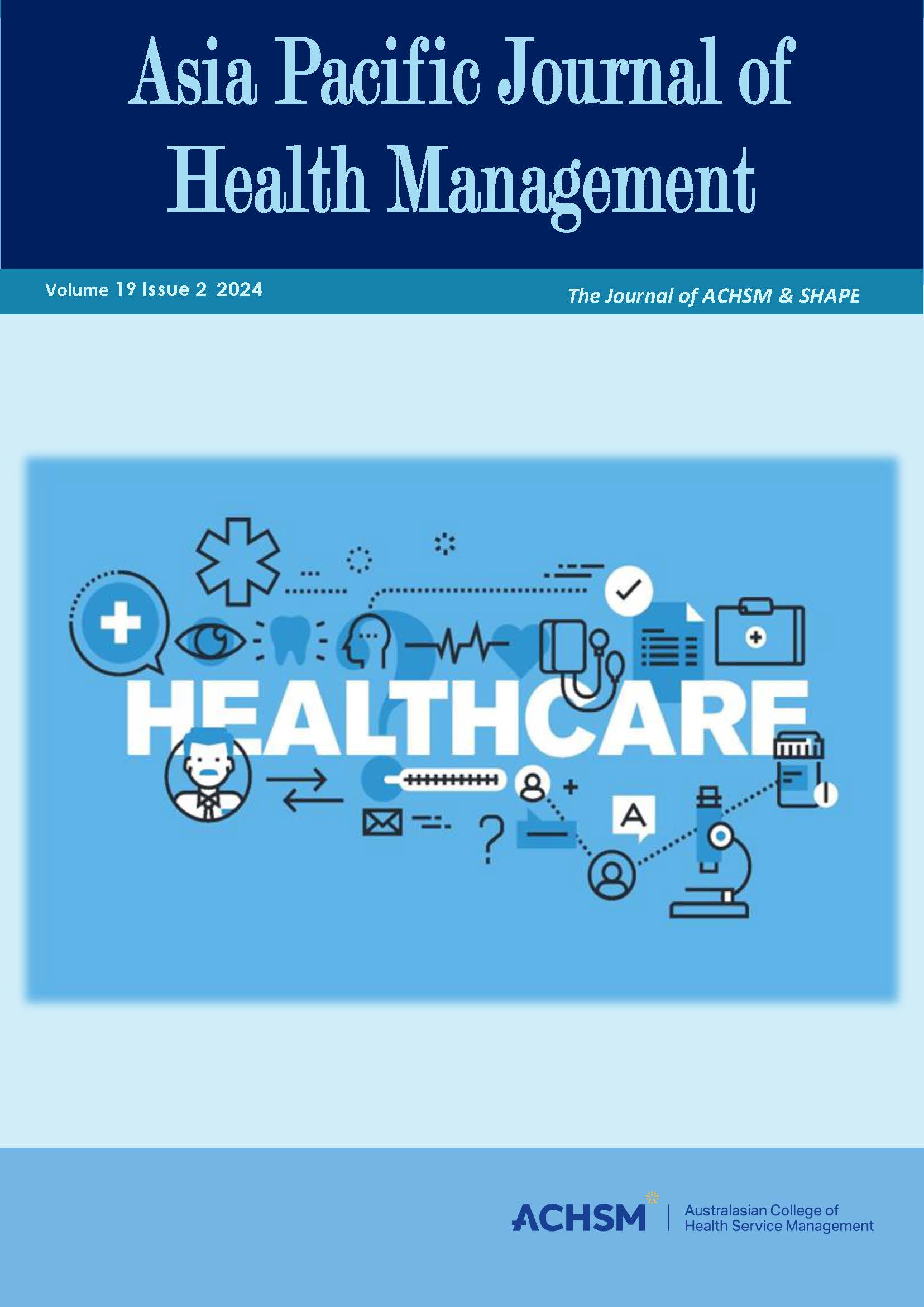Improving Accuracy of Discharge Summary Medication Lists – A Comprehensive Electronic Medical Record Quality Improvement Project
Main Article Content
Abstract
Background: Discharge summaries (DSs) are an important communication tool between hospital and community clinicians however errors in these documents are common. To improve the accuracy of DS information, our health network implemented a suite of quality improvement projects that promoted “More Efficient Documentation (of patient information) for Improved Care” (MEDIC).
Objective: The aim of this study was to determine if DSs post-implementation of the MEDIC program of work were associated with lower rates of medication errors.
Design: A retrospective pre- (March 2021) post- (March 2022) medical record audit was conducted at five public hospitals. Patients were included chronologically based on discharge date until the target sample size was reached (100 per group). For each patient, the DS medication list was compared to the pharmacy generated patient friendly medication list or interim medication administration chart and any discrepancies were considered errors. Utilisation of electronic Clinical Decision Support (CDS) was evaluated via review of the EMR.
Main Outcome Measure: Medication errors
Results: The mean number of DS medication errors was lower in the post-intervention group (3.0 vs 1.4, p<0.01). Fewer patients in the post-intervention group had one or more DS medication errors (59% vs 39%, p<0.01). Patients in the post-intervention group were less likely to have one or more high-risk medication errors (20% vs 10% p=0.048). There were 437 individual errors (pre=298, post=139). Omitted medications were less common in the post-intervention group (127 vs 11). Utilisation of EMR home medication CDS was higher in the post-intervention group (54% vs 69%, p=0.005). Pooled data from both groups showed completion of discharge medication reconciliation CDS was associated with a lower number of errors on DSs (mean: 3.7 vs 1.4, p<0.001, DS with one or more errors: 68% vs 39%, p<0.001).
Conclusion: The MEDIC program of work was associated with improved DS medication list accuracy.
Article Details

This work is licensed under a Creative Commons Attribution-NonCommercial 4.0 International License.

